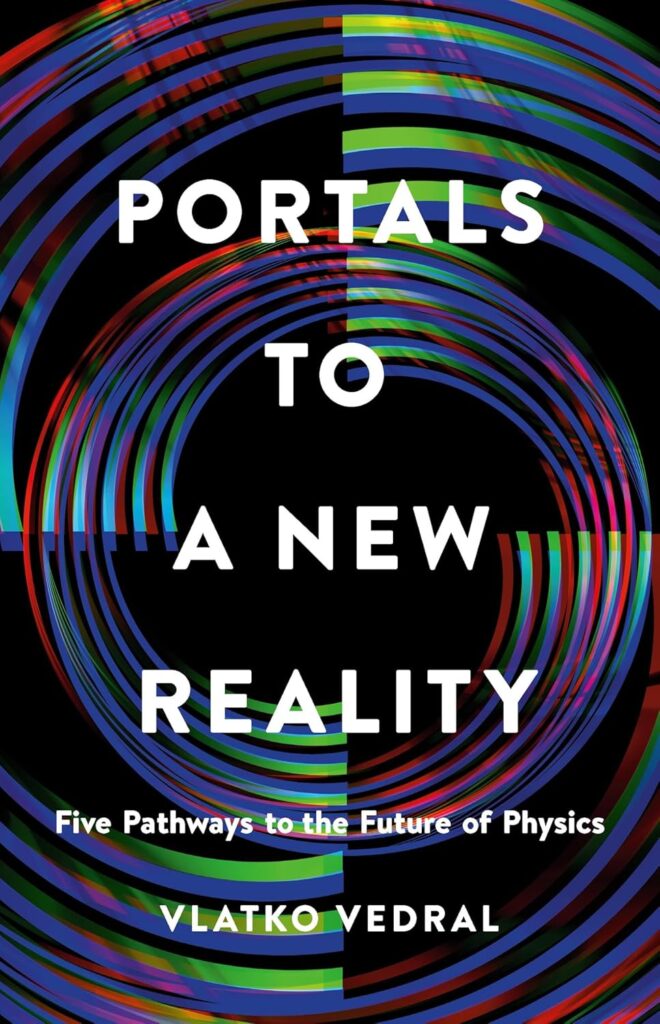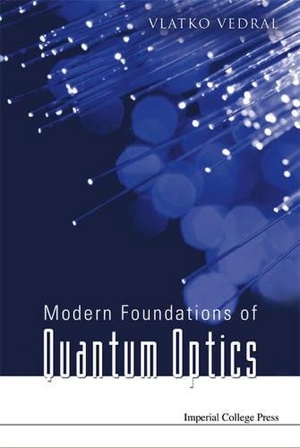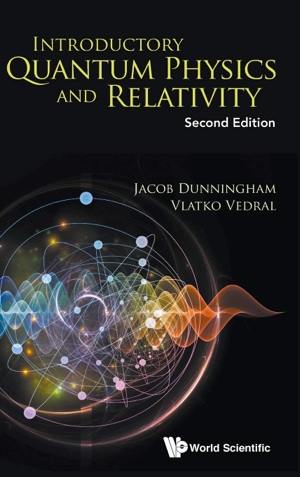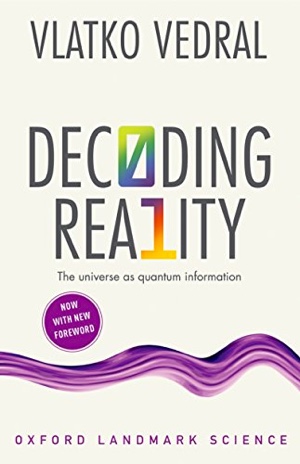Logic is defined so that motion looks simple
I’ve always been intrigued by Einstein’s thoughts on physics and geometry. In one of his essays on this topic he says that reality is defined by geometry plus the laws of physics taken together. Each of them can be tweaked individually, says Einstein, but so long as the other is then appropriately adjusted, the outcome will describe one and the same reality.
What he had in mind is as follows. Whether you think of the underlying spacetime as flat and the laws of motion saying that the objects take curved paths around (curved by gravity) or you say that the spacetime is curved from the start and the objects follow straight lines (geodesics) is immaterial as the outcome will be one and the same reality (namely, both will match perfectly all the experiments in which object’s paths bend when pulled by gravity).
This is captured beautifully by Wheeler’s catchphrase “Time is defined so that motion looks simple”. In other words, the way we think about time, which – geometrically speaking – is just a one dimensional uniformly flowing stream, is actually arbitrary. The most commonly used notion of time is simply such because the resulting laws of dynamics are then simpler to manipulate! We could always change how time is defined (for instance, clocks could tick at different rates at different points in space), but this will then affect how we phrase the laws of motion.
And in some geometries, laws of motion do indeed look simpler than in other. In Newtonian 3 dimensional Euclidian geometry, objects affected by gravity follow curved trajectories called parabolas (pretty complicated to describe mathematically). But in Einstein’s general relativity, which is based on a four dimensional curved manifold, objects follow straight lines (very simple in comparison with parabolas). Admittedly, simplicity is frequently in the eyes of the beholder, but I believe that its intuitive meaning – i.e. fewer symbols present in the equations of motion – will suffice for the purposes I have in mind here.
Now, I’d like to change Wheeler’s dictum in order to apply the same reasoning to quantum physics. Here the relationship is not so much between geometry and physics, but instead between logic and physics. Which brings me to the title: “Logic is defined so that motion looks simple”.
What do I mean by this? Well, if we insist on using the classical Boolean logic, then somehow “quantum physics (as is conventionally used) plus Boolean logic” will not lead to us to describe properly the reality we live in. So we either have to change the laws of quantum physics, or we have to change the laws of logic in order to interpret the experiments. Both approaches are in principle possible.
Keeping the Boolean logic forces us to use the hidden variable formulation of quantum physics, such as the de Broglie and Bohm one. Here the equations of motion are very complicated. They are so cumbersome that even the proponents of this interpretations of quantum physics calculate things using the conventional Schrödinger equation and then “translate” back into the de Broglie-Bohm mathematics (I kid you not). Alternatively, we could upgrade the logic to the quantum logic (loosely speaking, this means that your observables are quantum numbers and not real numbers) in which case the laws of motion are still indeed very simple (they are basically the same as the classical Hamilton’s equations, but with quantum numbers).
So there you have it. Reality is made up of different components, laws of physics, laws of logic, and laws of geometry (and perhaps even more?). When we test our theories we test the whole package “physics plus geometry plus logic plus whatever else”. We cannot say definitive things about each of them individually, it is only the totality that can be subject to tests.
Orwell said that “Freedom is the freedom to say that two plus two makes four. If that is granted, all else follows.” Boy was he wrong. In quantum physics 2 plus 2 makes 4 times square root of 2. Then the rest follows. 2 + 2 =4 is only correct in the classical world, but our universe is not “made” that way. Our universe is somehow both logically and geometrically curved providing we want to keep the laws of physics simple…
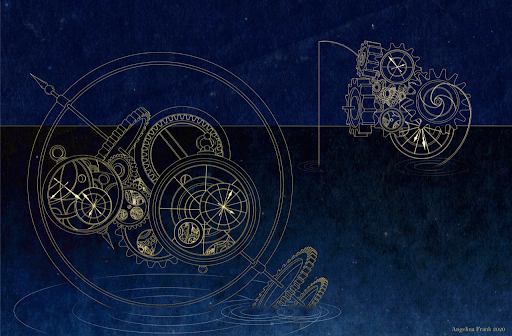
Illustration (C) Angelina Frank
Sign up to my substack
BOOKS
ASK ME ANYTHING!
If you'd like to ask me a question or discuss my research then please get in touch.
